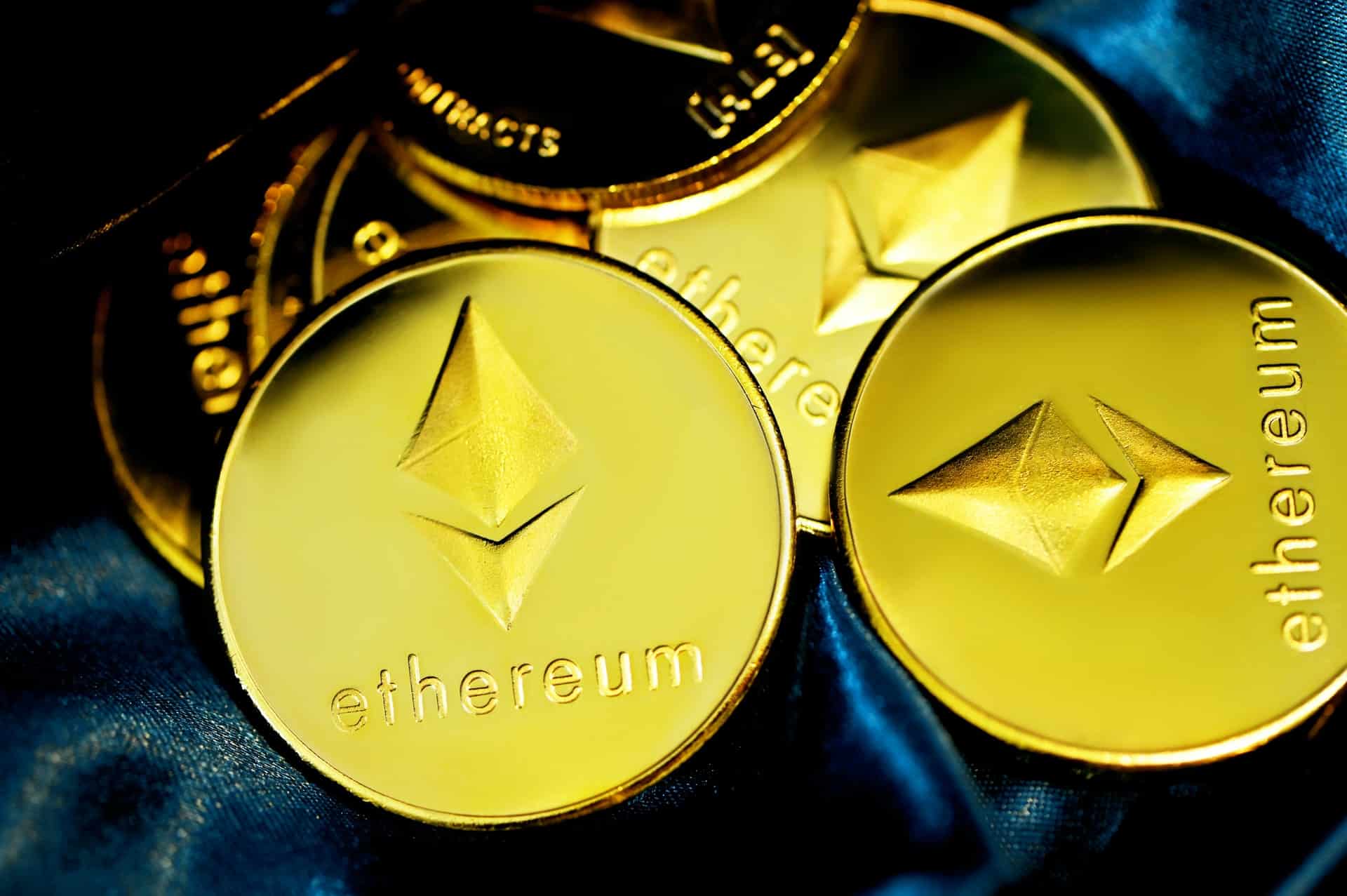Cryptocurrencies have revolutionized the way transactions are done in the modern world. Blockchain technology is permeating many industries, including healthcare, agriculture, banking, and more. And even though cryptocurrencies are continuously getting more extensive, many people are still hesitant to try them out since they struggle to understand the very concept of new, digital money. The high-level explanation is that cryptocurrency is a digital currency that gets transferred over the internet.
But those who have already made money or made their lives easier with Bitcoin or Ethereum are concerned about what the future holds for these giants. In this article, we put together everything we know about Ethereum 2.0, how it will influence the current holders and what your next steps should be.
IMAGE: UNSPLASH
What Exactly Ethereum 2.0 Is?
Ethereum’s very first version was introduced back in 2011. Even though it has certain downfalls, it gained a significant user base and became the second most popular coin. Today, the whole world is anticipating the full release of Ethereum 2.0. Eth2 (also known as Serenity) is an upgraded version of ETH. Eth2 is meant to increase ETH’s efficiency, a number of transactions per minute, scalability, and other major bottlenecks.
The principal difference between the two versions is that Eth2 uses different mechanisms, proof-of-stake, and sharding to get the job done. Ok, let’s talk about those two notions in more detail.
Sharding. Ethereum ecosystem developers introduced Beacon Chain, a coordination mechanism responsible for creating new blocks in a chain, ensuring their validity, and rewarding validators for keeping the network secure. Beacon Chain is already up and running, and the next step will be introducing the sharding.
It’s exactly what it sounds like – it’s a common database technique that allows breaking big chunks of information into smaller, more ‘digestible’ pieces. For Ethereum, the network load will be distributed among 64 separate shards. As you can imagine, 64 shards will process information simultaneously, making the overall transaction times and times faster.
Proof-of-stake consensus mechanism is essentially a method by which a network agrees on a single truth. PoS is used in distributed systems and differs from centralized ones where one controlling entity decides the source of truth. In distributed systems, large numbers of autonomous authorities (validators) cooperate to maintain a single network.
In the long run, PoS should make it harder to hack the system or manipulate data in any way, therefore making a network more secure. These distinct nodes must have a computational mechanism by which to agree with what the most recent and accurate record of data is. These distributed networks must all adopt an identical cryptographic mechanism to reach a consensus to drive the point home.
The Great Merge
According to Ethereum ecosystem co-founder Vitalik Buterin, Ethereum won’t be replaced by Eth2. They will merge. The community has even come up with a term for that – ‘docking,’ joining Ethereum minenet to Eth2.
The full merge is so significant because it will end the proof-of-work concept altogether. There is no exact date when Eth2 will be fully launched, but experts expect it to be somewhere in the first half of 2022. You can track the changes in the ETH 2 network on Ethscan.
What Should I Do With ETH?
There are different scenarios for existing ETH holders:
- If you’re only in holding, trading, or using your ETH on apps, there’s nothing you should be doing. In that case, your deposits will be automatically transferred to Eth2 in Phase 1.5.
- However, if you want to start staking on a new Ethereum 2.0, you can get involved in Phase 0 instead of waiting for Phase 1.5 like others. You can join as a validator any time you want if you have 32 ETH in the deposit. Validators can commit their funds to the blockchain starting at genesis. The incentive is the potential for higher block rewards.
As you can see, whether you’d choose a conservative or a validator’s path – you’re not risking much at this particular moment. However, it’s always smart to track Ethereum’s official website updates and see how their roadmap gets executed.
If you are interested in even more business-related articles and information from us here at Bit Rebels, then we have a lot to choose from.


COMMENTS